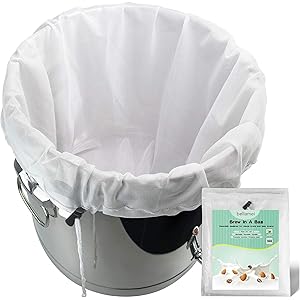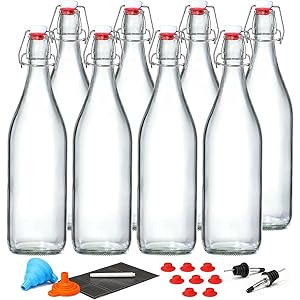Understanding Yeast and Baking Powder
Yeast and baking powder are both leavening agents used in baking, but they function differently. Yeast is a living organism that ferments sugars, producing carbon dioxide gas that causes dough to rise. In contrast, baking powder is a chemical leavening agent that releases carbon dioxide when it comes into contact with moisture and heat. Understanding these differences is crucial when considering whether to replace yeast with baking powder in your recipes.
When to Replace Yeast with Baking Powder
There are specific scenarios where you might want to replace yeast with baking powder. For instance, if you are short on time, baking powder can provide a quicker rise, allowing you to bake bread or cakes in a fraction of the time it would take with yeast. Additionally, if you are making a recipe that requires a denser texture, such as pancakes or muffins, baking powder can be an ideal substitute.
How to Make the Swap
When you decide to replace yeast with baking powder, it’s essential to adjust the quantities correctly. Generally, you can use about 1 teaspoon of baking powder for every cup of flour in your recipe. However, this can vary based on the specific recipe and desired texture. Always ensure that you mix the baking powder thoroughly with the dry ingredients to achieve an even rise.
Flavor Differences
One significant difference between yeast and baking powder is the flavor they impart to baked goods. Yeast fermentation not only leavens the dough but also adds a distinct flavor profile that many people love. When you replace yeast with baking powder, you may lose some of that depth of flavor. To compensate, consider adding ingredients like vanilla extract or spices to enhance the taste of your baked goods.
Texture Variations
The texture of your final product will also change when you replace yeast with baking powder. Yeast typically creates a chewy, airy texture, while baking powder results in a lighter, crumbly texture. This difference can significantly affect the outcome of recipes like bread, where a chewy texture is often desired. Be mindful of these changes when making substitutions.
Get more content like this!
Sign up to receive updates and new terms first hand.
Adjusting Liquid Ingredients
When using baking powder instead of yeast, you may need to adjust the liquid ingredients in your recipe. Since baking powder requires moisture to activate, ensure that your dough or batter is not too dry. Conversely, if your recipe is particularly wet, you might need to reduce the liquid slightly to achieve the right consistency. This balance is crucial for successful baking.
Storage Considerations
Both yeast and baking powder have different storage requirements. Yeast needs to be kept in a cool, dry place, and it has a limited shelf life. Baking powder, on the other hand, can be stored at room temperature but should be checked for potency before use. If you decide to replace yeast with baking powder, ensure that your baking powder is fresh to achieve the best results.
Common Recipes Using Baking Powder
There are many recipes where baking powder is the preferred leavening agent. Pancakes, muffins, and quick breads are excellent examples where you can easily replace yeast with baking powder. These recipes typically require a quick rise and do not benefit from the extended fermentation process that yeast provides. Experimenting with these recipes can yield delicious results.
Potential Health Considerations
When considering whether to replace yeast with baking powder, it’s also essential to think about health implications. Some individuals may have sensitivities to yeast, making baking powder a more suitable option. Additionally, baking powder is generally gluten-free, which can be beneficial for those with gluten intolerance. Always check the labels to ensure your ingredients meet your dietary needs.
Conclusion on Replacing Yeast with Baking Powder
In summary, while replacing yeast with baking powder can be a straightforward process, it requires careful consideration of various factors, including flavor, texture, and ingredient adjustments. By understanding the differences and making the necessary modifications, you can successfully adapt your recipes to suit your baking needs.




